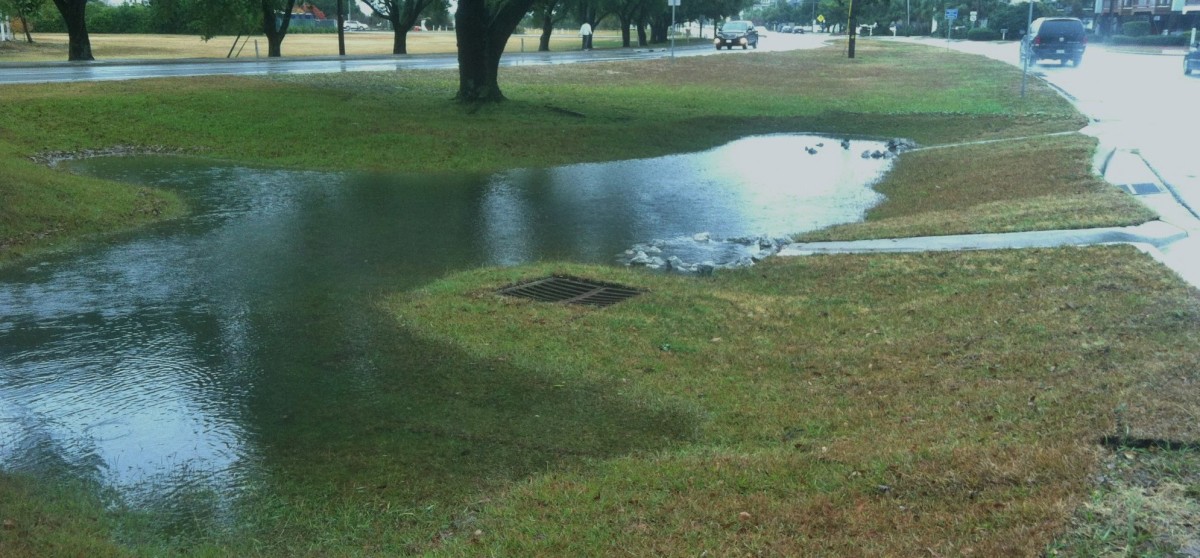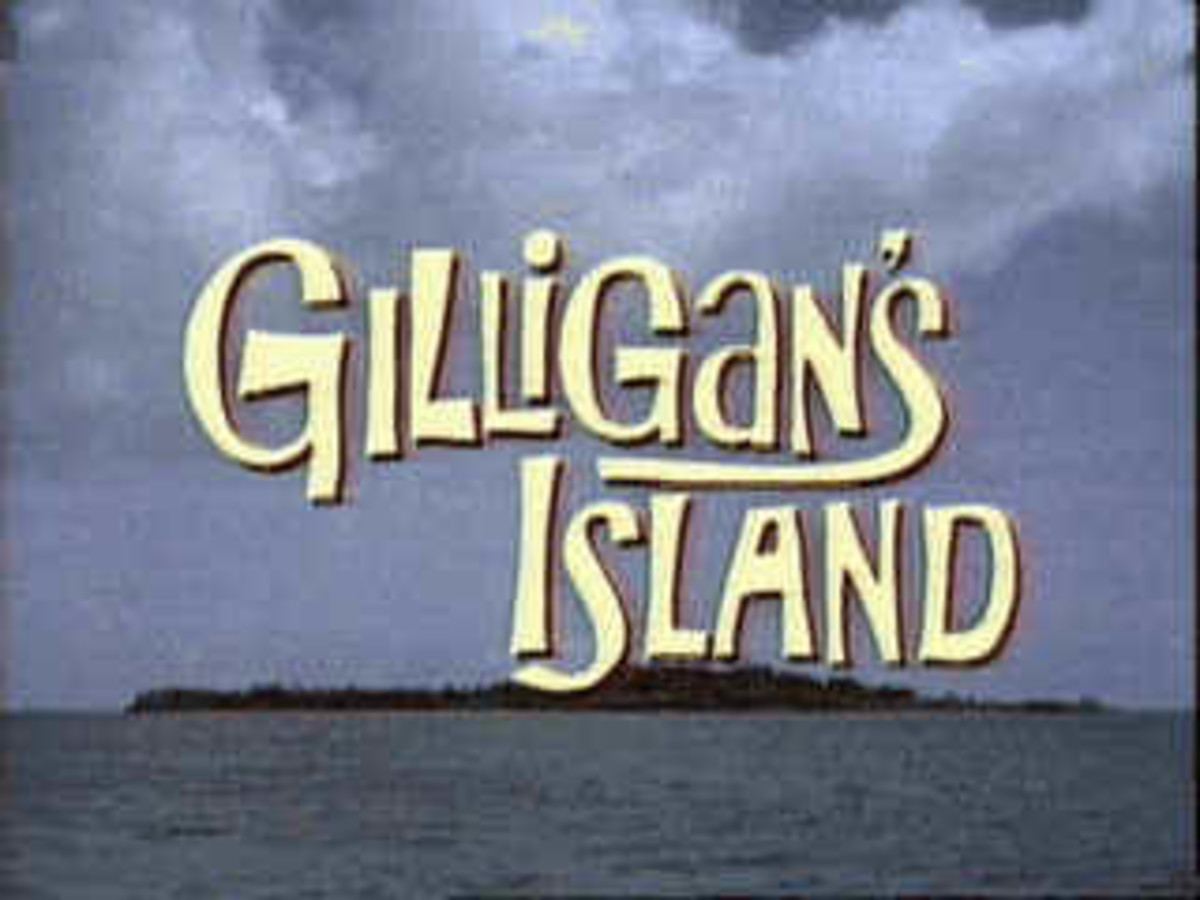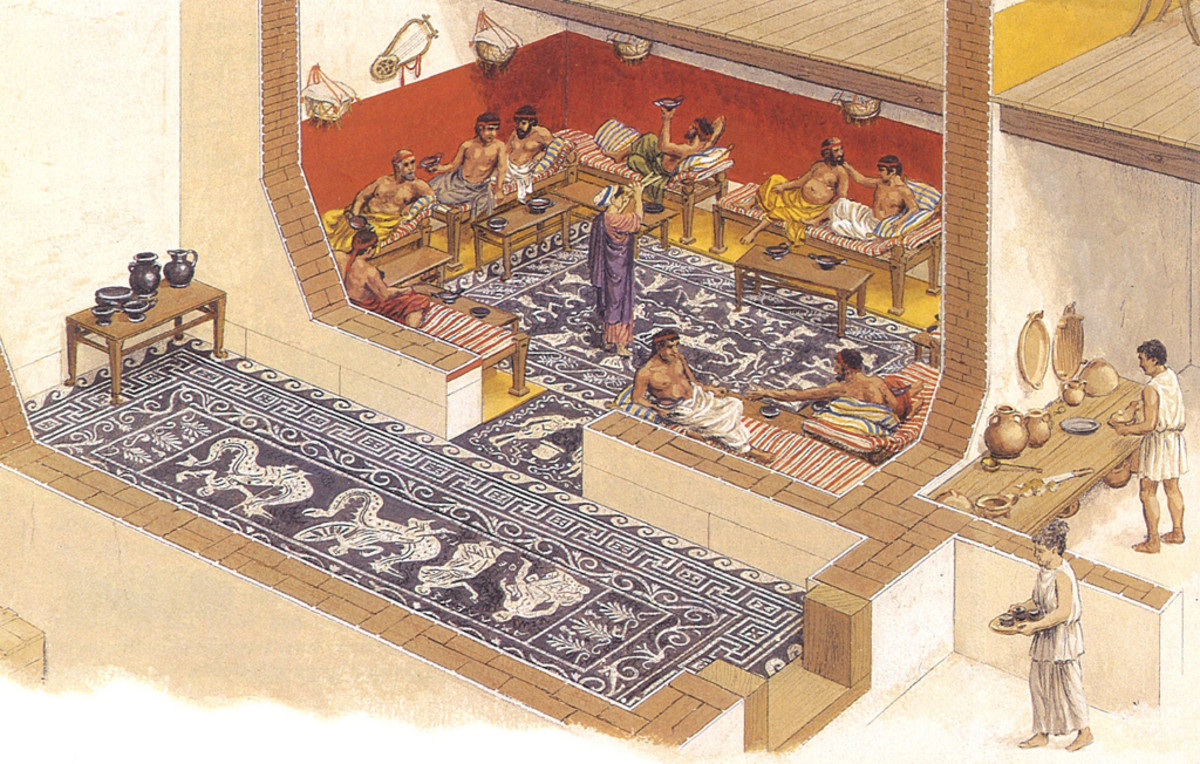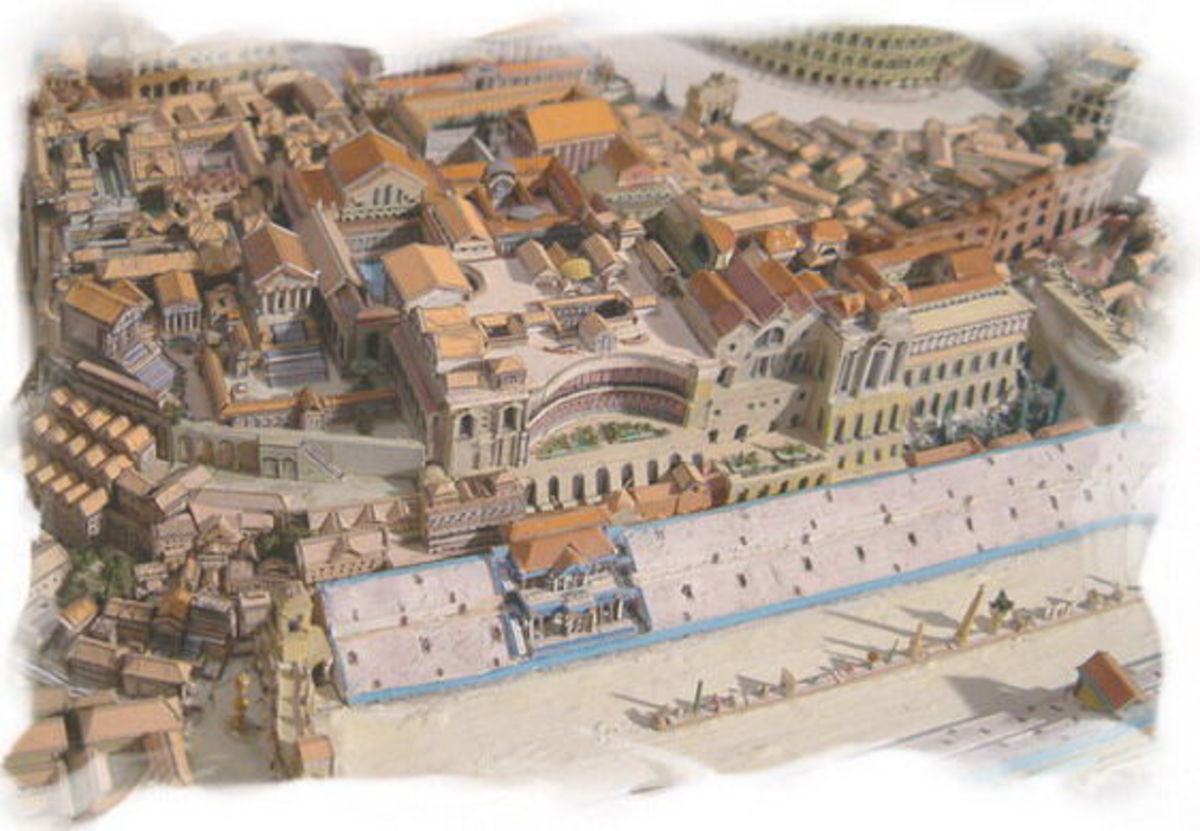Sustainability 3: What is Good Design?
A New Day is Dawning

The Terminology of Greening
Before we continue, let me introduce some of the recurrent bits of design jargon, and attempt some definitions we can all embrace. There are many writings and discussions of green design and sustainability available via books, video, magazines, newspapers and online sources throughout the world today.
Consensus appears to be that ‘green design’ (or ‘’environmentally friendly design’) refers to any design that contains environmental awareness and pursues some increased environmental efficiencies over the recent past. Thus, a ‘green design’ project might increase insulative properties to reduce energy consumption for heating or cooling, or it may retain and filter water on-site before discharging it into a municipal sewer system.
Types of 'Green' Design
‘Sustainable design’, by contrast, refers to a design that contains components, materials, fittings or processes that may be relatively cheaply or readily replicated or replaced, now and into the future. Thus, a ‘sustainable project’ might incorporate bamboo flooring, for bamboo can be grown more quickly and cheaply than, say, red oak. In this way, a sustainable project is an attempt to insure that future similar projects may be easily and continually developed, thus making cyclical development a sustainable process. Thus, sustainable design reaches a bit further than mere green design. The ultimate in sustainability strives for 'cradle to cradle' processes, whereby originating materials and assemblies end their life cycle by beginning yet another new and useful life cycle.
‘Zero footprint design’ is an even more extreme form — some might say the pinnacle — of sustainable design, in that it demands that a particular project have zero footprint, meaning no measurable impact or demand beyond its site or project boundary. Thus, the project should ideally use only that soil, water, plant material, sunlight and wind that is incident to the site, placing no demands, for example, on an external power grid, a local freshwater supply, or a neighboring stand of timber. (Perhaps someday we can envision 'negative-footprint' projects: those that return more resources than they use.)
Other Design Buzz-Words
‘Universal design’ refers to the act of making the built environment universally accessible to and usable by persons of all sizes, shapes, ages and abilities. Thus, for example, a door handle may be able to be turned by even those with grip deficiency, or a surgical table may accommodate a patient of great weight and girth, or a countertop may be designed for use by the wheelchair-bound.
The ‘new urbanism’ and ‘traditional neighborhood development (TND)’ are somewhat interchangeable names for a fairly recent trend (ca. 1990s and on) in recreating the scale, intimacy, pattern, cohesiveness, and multivariety of land uses, building types, public spaces, and patterns of use of our collective imagined pre-existing small-town or ‘village’ throughout America or Western Europe.
'Transit-Oriented Development' (TOD) is just what it's name suggests: development that is proximate to transit lines or hubs and that uses and benefits from such lines or hubs. Typically, TOD developments contain a mix of housing, business and retail uses, restaurants, entertainment facilities, and/or public or civic elements.

Good Design Embraces All
For purposes of this continuing series of articles, I assert that all of these — green design, environmentally-friendly design, sustainable design, striving for zero footprint design, universal design, new urbanism, and traditional neighborhood development — are each merely essential components of good design. Designers of the past should have never omitted or neglected environmental efficiencies. Nor should they have created unsustainable designs. They should have always pursued designs that placed little or no demand on external resources. They should have never ignored the needs of a diverse and widely varied populace, nor abandoned the positive aspects of our more intimate traditional town life. Throughout these articles, I therefore espouse simply good design, as holistic and all-encompassing of those design terms defined above.
- Ten Quick Tips for Going Green
Being 'Green' is actually easier than Kermit's song might have you believe. - Sustainability: Green Roofs
Here's one environmentally conscious design option that's garnering adherents the world over. - Sustainability 12: Mixed-Use Developments (MXDs)
As mixed-use developments proliferate, see how they are helping communities pursue smart growth across the nation.








